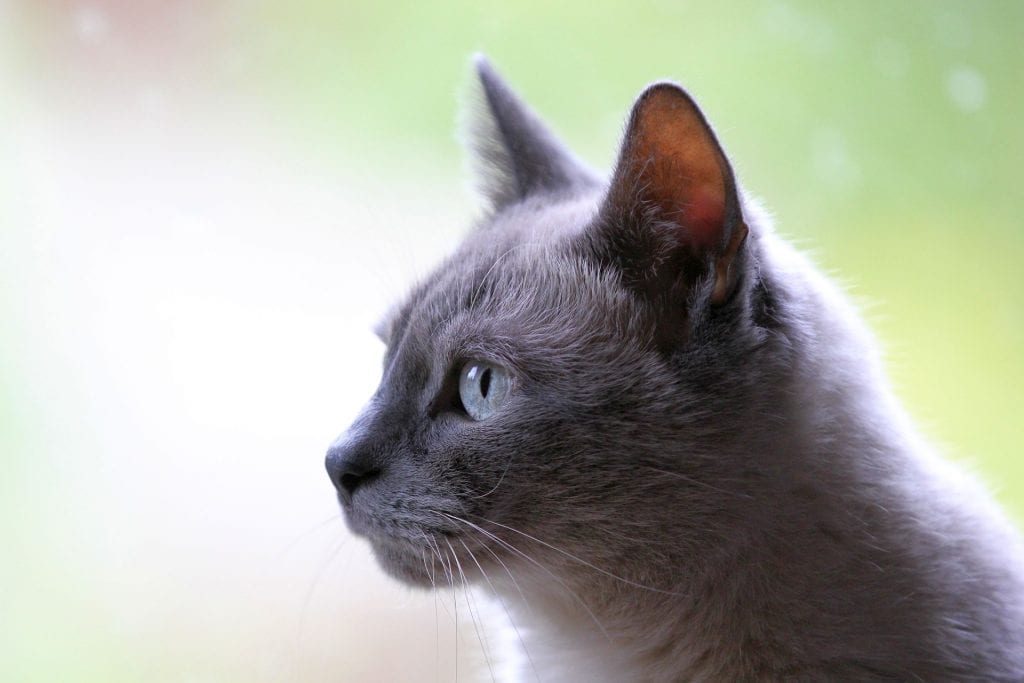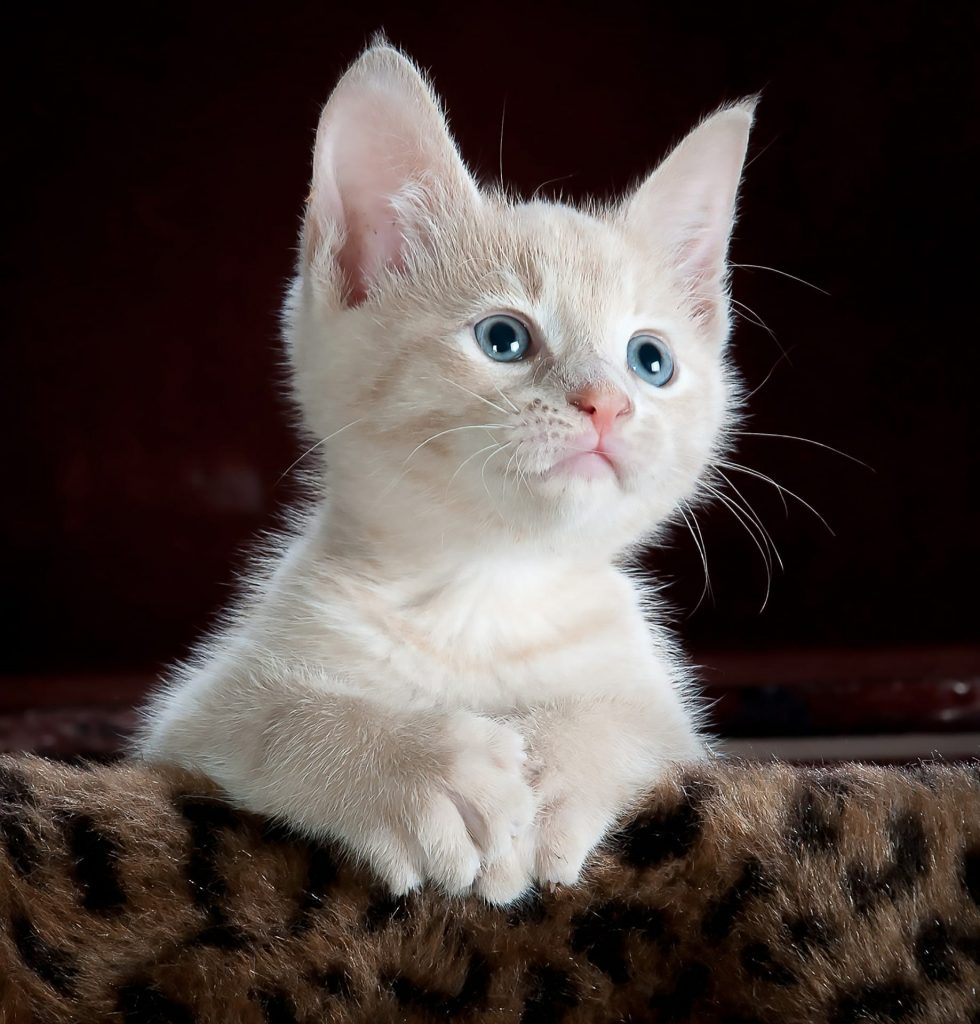7 Things You Probably Didn’t Know About Cats’ Ears
Smart, elegant, and agile animals, felines have peculiarities that not everyone is aware of. For example, the organ primarily used to perform the function of hearing is not just for hearing. In fact, many animals use the common sensory organs to express or do something more than the typical sense for which nature created them.

1) The first curiosity relating to the auditory organ of cats perhaps will be unknown to many. All cats are born deaf. At birth, the feline’s ear canal is closed and it opens only after about 9 days. In the first weeks of life, the kitten perceives sounds but will be able to distinguish them completely only after the first month of life.
2) The second strange curiosity is related to the muscles present in the ears of cats: 32 muscles; each of which is useful for identifying the origin of the sound. Thanks to the presence of multiple muscles, the cats can rotate their ear up to 180 °, to reveal the presence of even a minimal rustle.
3) Thirdly, connected to the second curiosity, there is the fact that cats have a strongly developed hearing. Even five times higher than that of men. They also manage to perceive two sounds that come from different directions.
4) Another fact is linked to the presence of hair in the cats ears. In addition to protecting them from impurities, these allow the sound to be directed inside the ear.

5) Cats’ ears also clean themselves; therefore, never cleaning them could cause serious problems.
6) The sixth curiosity is linked to the cat’s emotions. Depending on how the feline holds its ears, one can understand if it is happy or scared. If they are lowered towards the head the cat is nervous or frightened, when instead the ears are erect then the cat is calm and happy.
8) Finally, the last fun fact is related to the different shapes that cats’ ears can take. Some breeds may have flattened ears, others folded. This is due to genetic mutations, which affect the ear cartilage, resulting in these different and particular forms.
